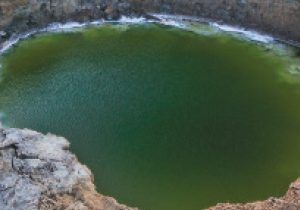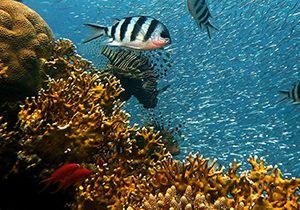10 fascinating facts about hibernation
Snuggle up with these super hibernation facts
Animals that hibernate seem to have the right idea: Find a cosy burrow, head indoors, and catch some Zzz’s until spring returns. Or do they?
1. When animals hibernate, they aren’t sleeping. When the weather is cold and food is in short supply, animals like hedgehogs, bears and bats become inactive to save energy. During hibernation their heart rates and breathing slow down, and their body temperature drops.
2. To prepare for a long hibernation in which they don’t eat or drink, animals stuff their faces. Dormice, for example, eat so much that by the end of summer, they can be double their normal size. Just as well, because they can lose up to half their body weight during hibernation.
3. Animals hibernate in lots of different ways – from snails, who attach themselves to a surface, cover themselves with their slime, and wait out winter, to hedgehogs, who like to build nests out of grass, leaves and straw, often under fallen logs.
4. Squirrels don’t hibernate because they can’t build up enough body fat. During summer, they stash food in different locations. Then in winter, they sleep for up to 20 hours a day, heading out in the early morning or late afternoon to snack on their hoards.
5. In hot, dry climates, creatures like the African hedgehog and crocodiles ‘aestivate’. This is when they find a cool, safe spot and become inactive. Aestivation usually lasts for a shorter period than hibernation.
6. Reptiles like snakes and lizards often find an unused burrow and settle in to wait out the cold because they are cold‐blooded (their body temperature is controlled by the environment). This is called brumation.
7. In North America, a species of wood frog can survive being frozen and thawed a few times a season thanks to a unique natural substance in their blood.
8. Echidnas hibernate in underground burrows or hollowed‐out logs during bush fires in the hot, dry Australian outback. They stay carefully hidden away until it’s safe to emerge to find food.
9. Despite how nice it would be to curl up under a warm blanket and sleep away the cold winter months, sadly us humans can’t hibernate. Scientists think this is because of our size. Except for bears, it’s mostly small animals that hibernate.
10. Dormice hold the record for the longest hibernators ‐ up to 11 months! In fact, the name dormouse comes from the French word ‘dormir’ meaning ‘to sleep’.
Competition
AVAILABLE FROM AMAZON.CO.UK AND LEARNINGRESOURCES.CO.UK
More Like General Science

Your Amazing Eyes!

Science with Dr Karl: What is a sinkhole?

Your Amazing Brain!









LEAVE A COMMENT
THANK YOU
Your comment will be checked and approved shortly.
WELL DONE,
YOUR COMMENT
HAS BEEN ADDED!
COMMENTS
Yay its fun
This is not like a long document you need to pause for all the time so you can think what the word means. It tells so many facts while still being short worded.
This is really intresting and easy to read.
wow
ngl this kinda cool
this is very interesting!
CUSTOMIZE YOUR AVATAR